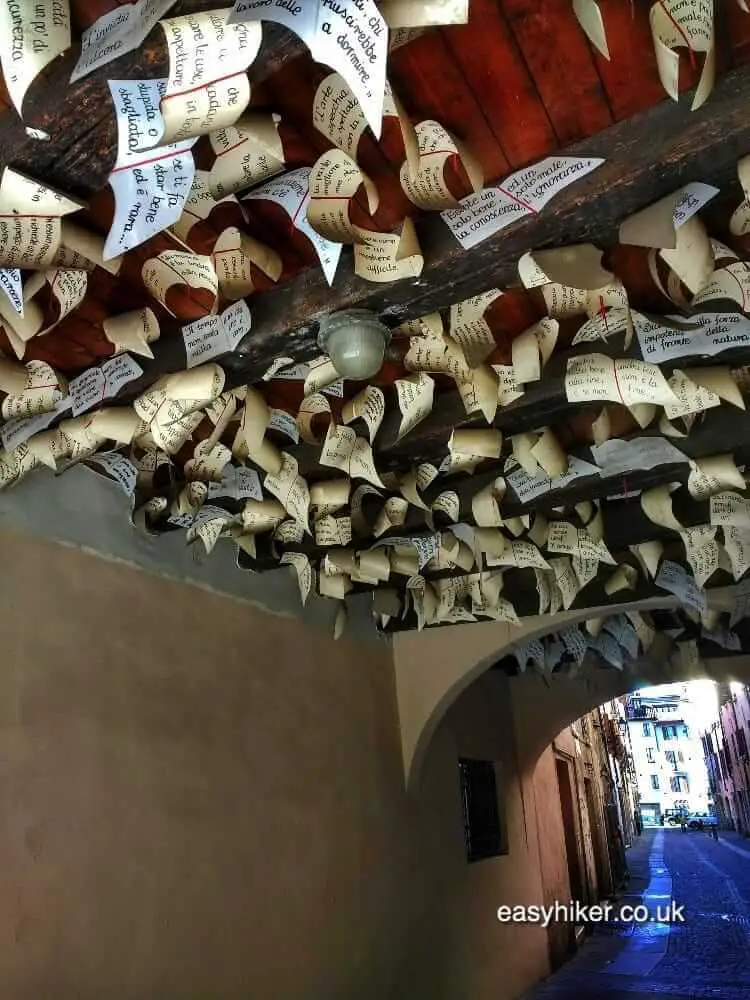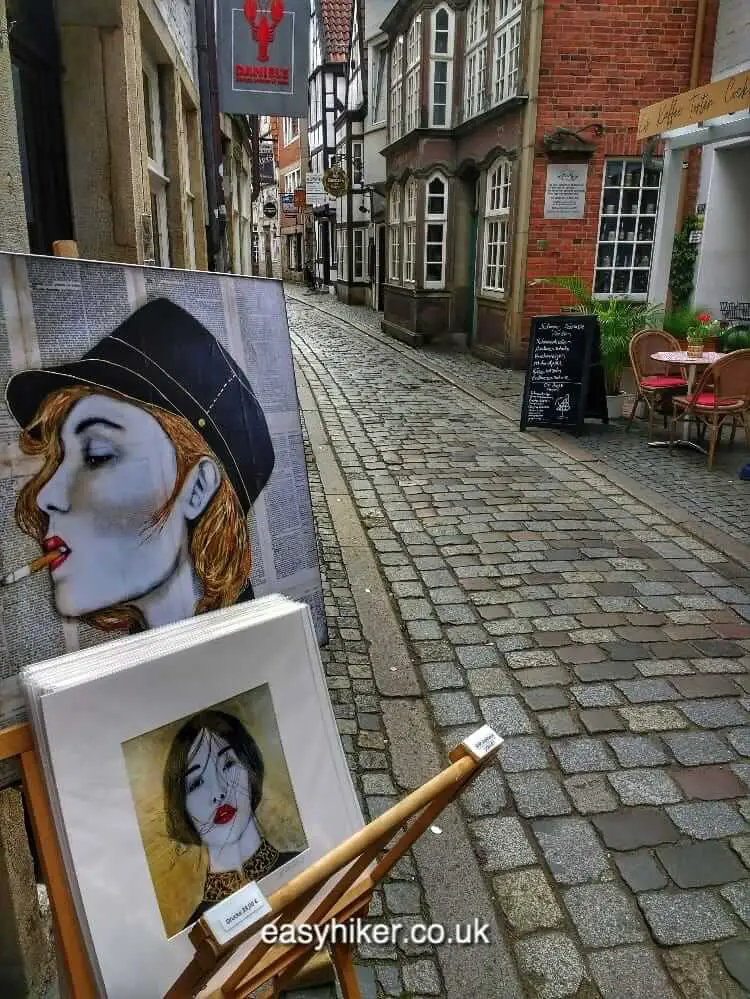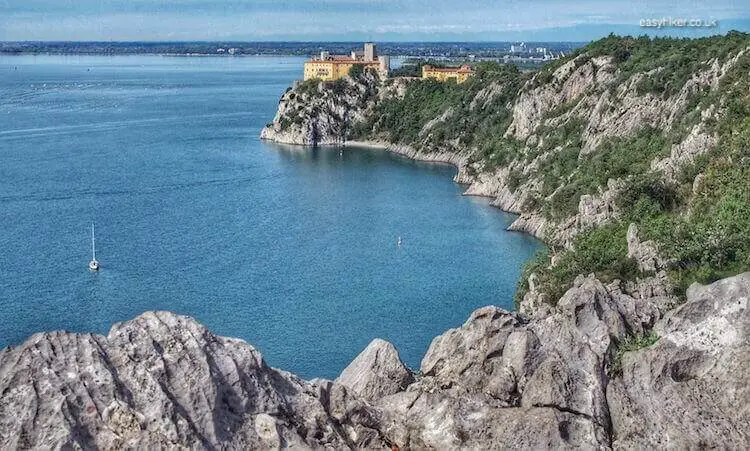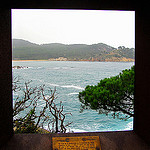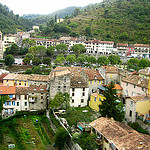This week, we will serve you another slice of unknown Italy but with a twist to the recipe.
While last week’s destination of Udine is, roughly following the famous Donald Rumsfeld classification of unfamiliar objects, very much an “unknown unknown” (think: obscure medieval poets), the city of Brescia is “known-unknown” in the fashion of Edmund Spenser.
Some people may dimly remember having heard the name before, some may be able to correctly identify Spenser as an Elizabethan poet, but few will have read his “Faerie Queen” from beginning to end.
And so it is with Brescia: if you are familiar with Italy, you may very well have heard of the place – it is, after all, the second biggest city in Lombardy, the largest region on the peninsula.
If you have travelled by rail through the north of the country, you will very likely have passed through Brescia on your way from Venice to Milan or on your journey to any of Italy’s Great Lakes (Garda, Maggiore, Como).
We ourselves must have entered the city’s train station half a dozen times before we finally, on our most recent trip, got off the train and decided to take a look.
The Known-Unknown Brescia – 2000 Years of Good Taste and High-Quality Craftsmanship
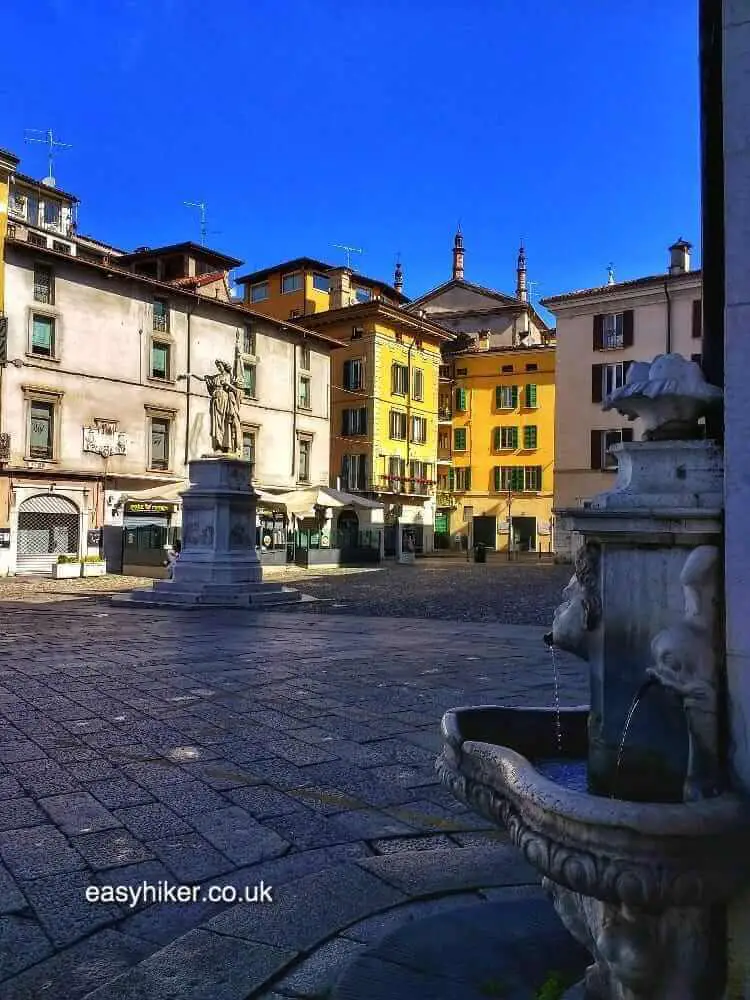
The first thing we noticed about Brescia is how well-kept and orderly everything is over there …
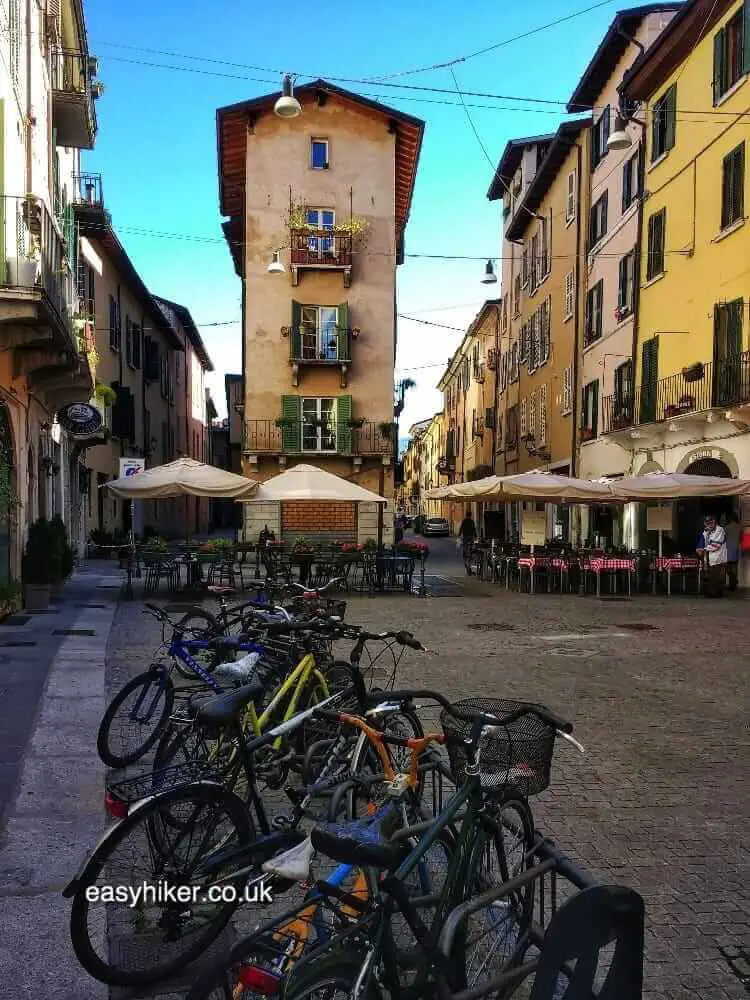
… and how prosperous the city appears: on Piazza della Vittoria, we visited what may very well be the poshest of the 3000 branches operated by Conad, Italy’s largest (and generally very humble) supermarket chain.
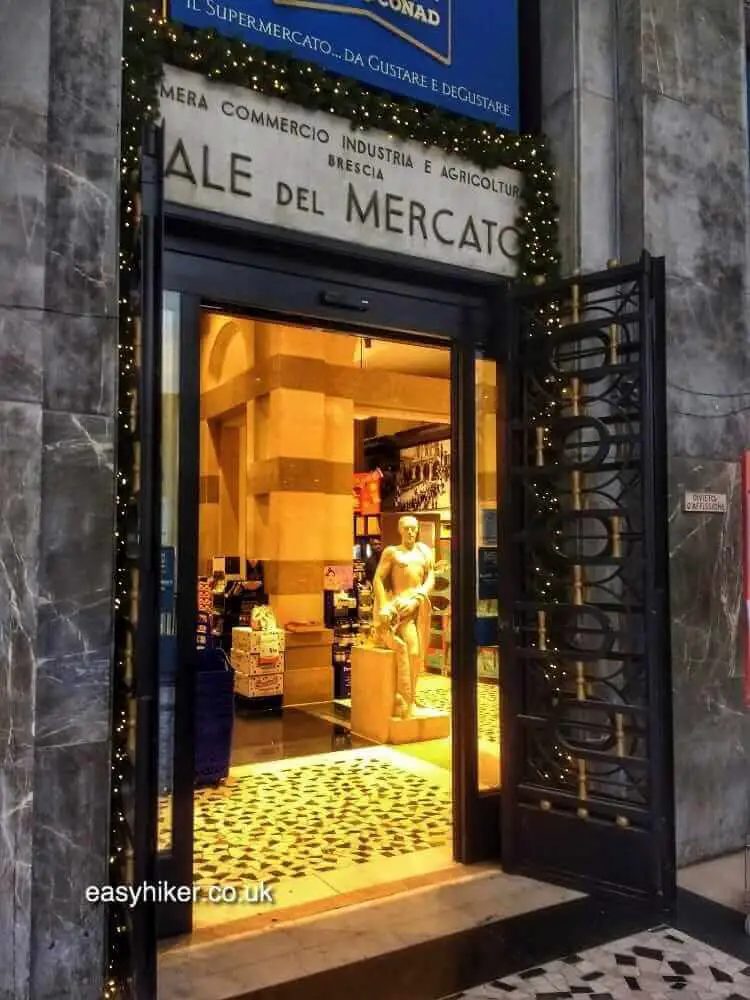
The first landmark you will encounter on your way from the station to the town center (down the Corso Martiri della Libertà) is the 16th century church of Santa Maria dei Miracoli.
Every square inch of the church’s facade has been covered in the most intricate carvings – with patterns that do not ever seem to repeat themselves. And this in a nondescript quarter of a provincial town!
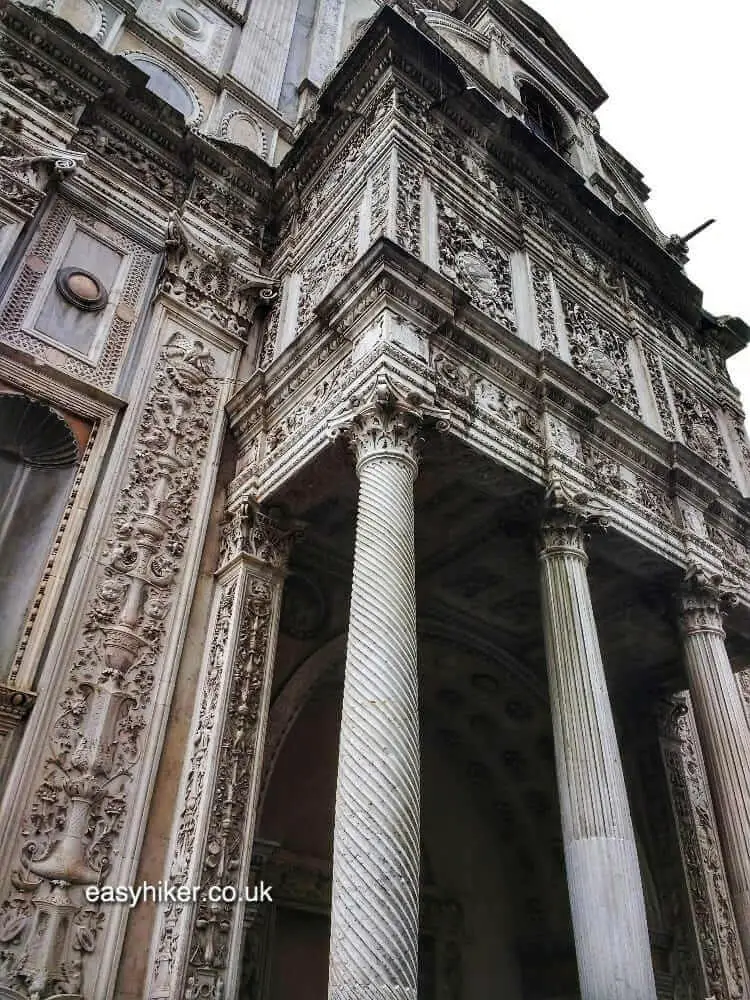
The church of Santa Maria somehow sets the tone for what is to come. Brescia is, in many ways, an Italy en miniature, full of top-quality specimens for everything that makes this country so beautiful.
High standards of taste and craftsmanship characterise the showpiece baroque architecture of the city’s central square, …
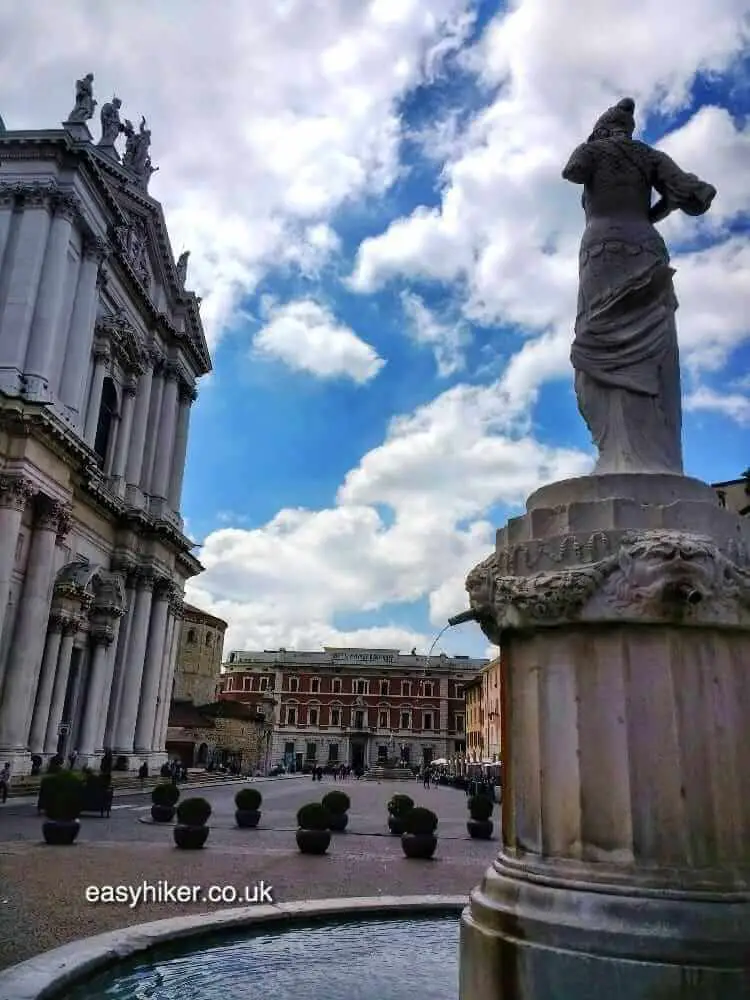
… as well as the way in which this type of architecture is – with Italian grace and effortlessness – blended everywhere into ordinary street life.
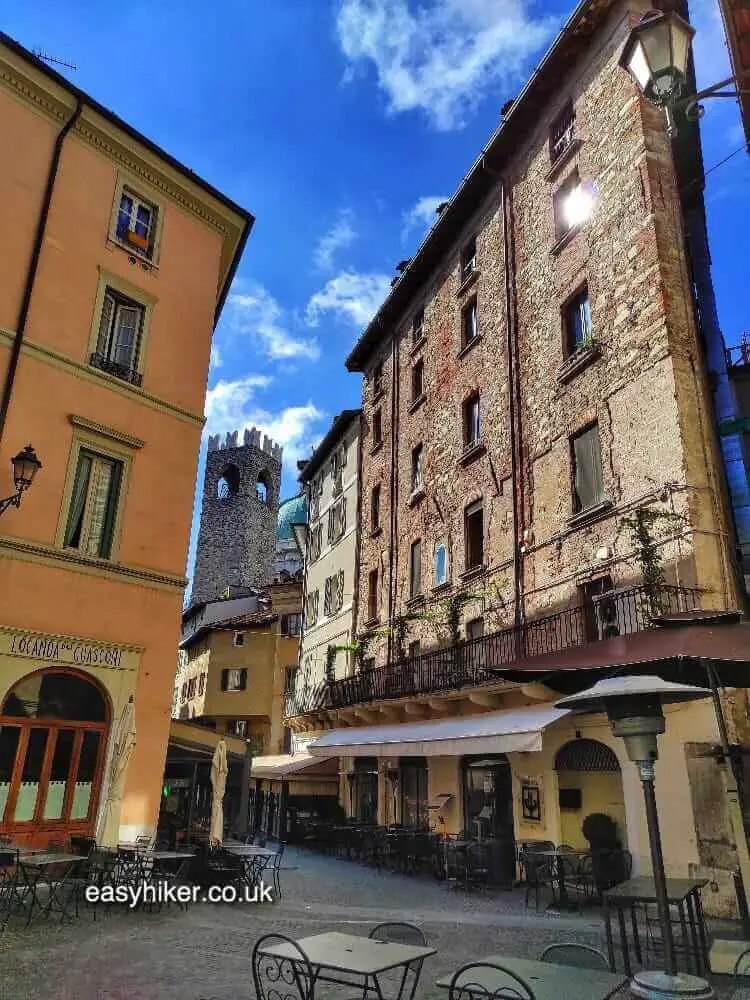
The same standards of taste and craftsmanship can be found in the modernist buildings around Piazza della Vittoria that are hundreds of years younger …
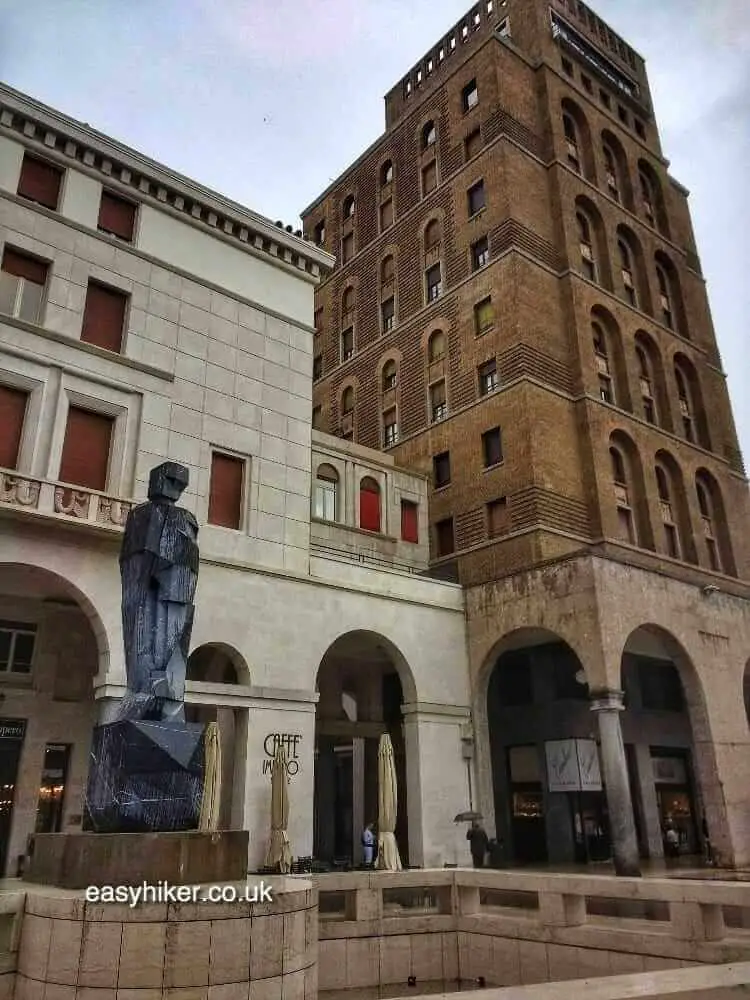
… and in the ruins of the Roman structures built 2000 years before that.
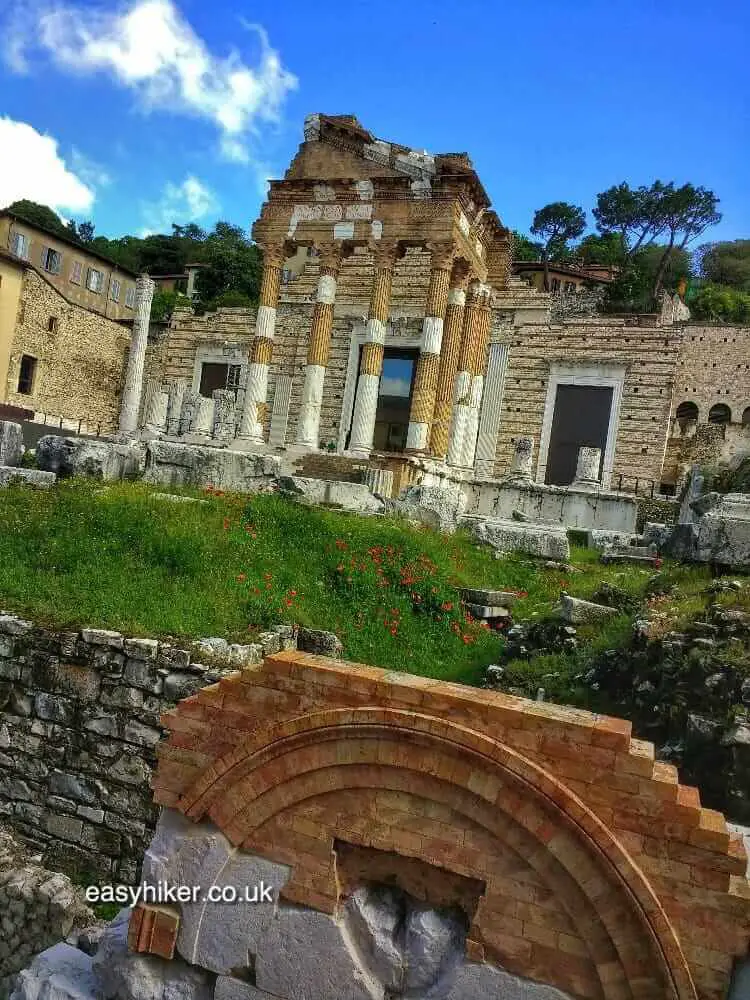
And here is one more reason to visit Brescia: the city offers one of the best city walks in Italy, the route up and around the ancient Castello, one of the largest remaining fortified compounds in Europe.

We suggest to approach this complex down Via dei Musei, past the Roman ruins and the Santa Giulia Monastery which both belong to the “Longobard Places of Power” that have been listed as a UNESCO World Heritage Site.
Over the roofs of the street’s buildings, you can already see the Cidneo hill that you will have to climb on your way to the castle …
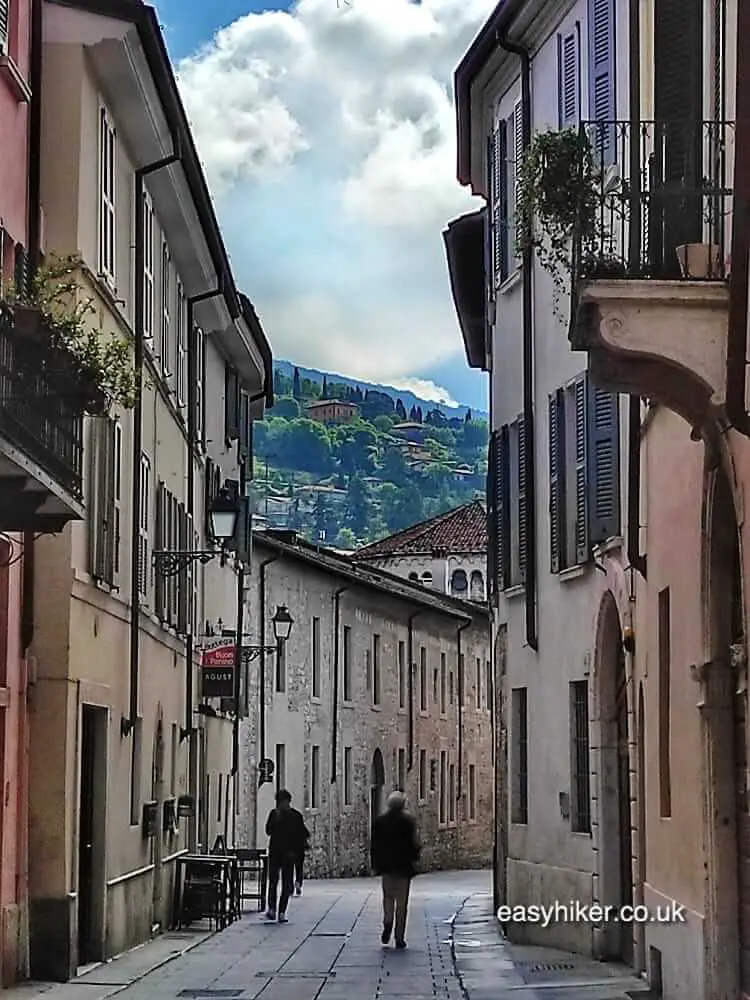
… once you have reached the end of Via dei Musei and turned left into the uphill Via Brigida Avogadro. The path will lead you past the Vigneto Pusterla, known as the oldest medieval vineyard in Europe (it was first mentioned in a document from 1037) …
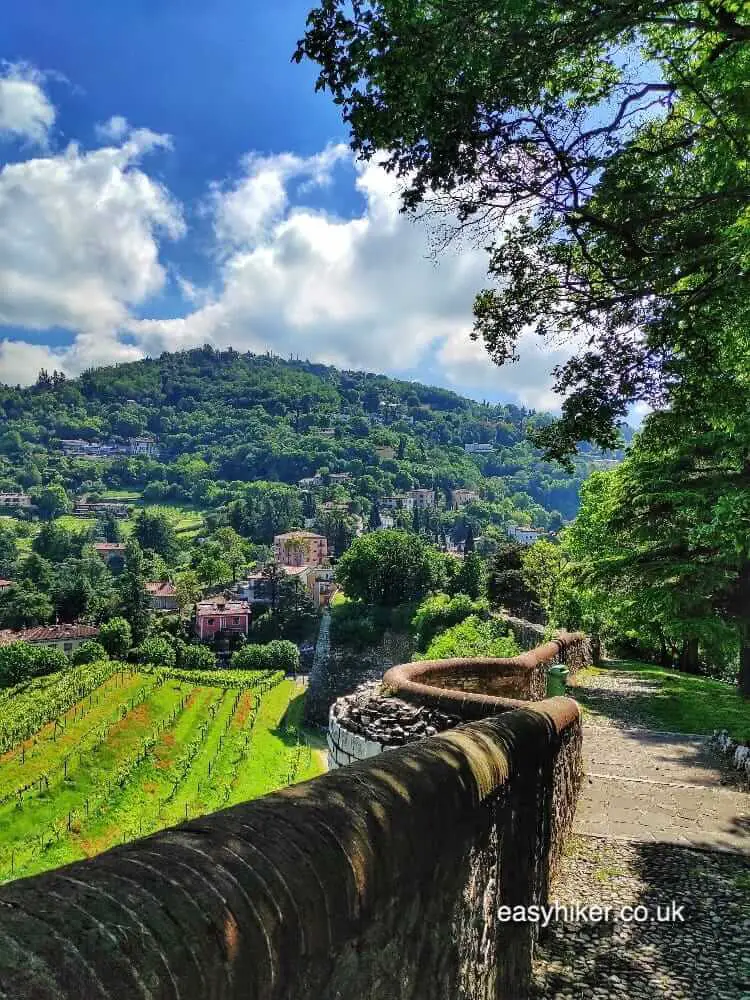
… and magnificent views across the countryside. Once you are inside the castle, you will be able to enjoy equally splendid views of the town as well.
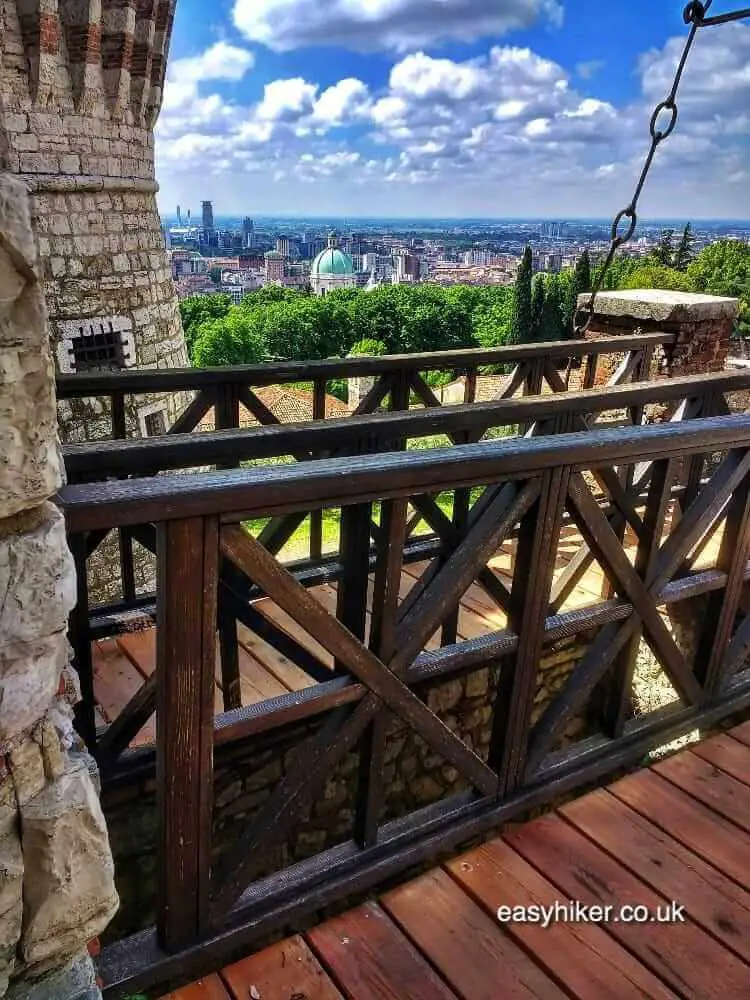
You can easily spend an hour or more inside the Castello, completing the promenade around its outer perimeter but also losing yourself in the network of the internal alleys and passages …
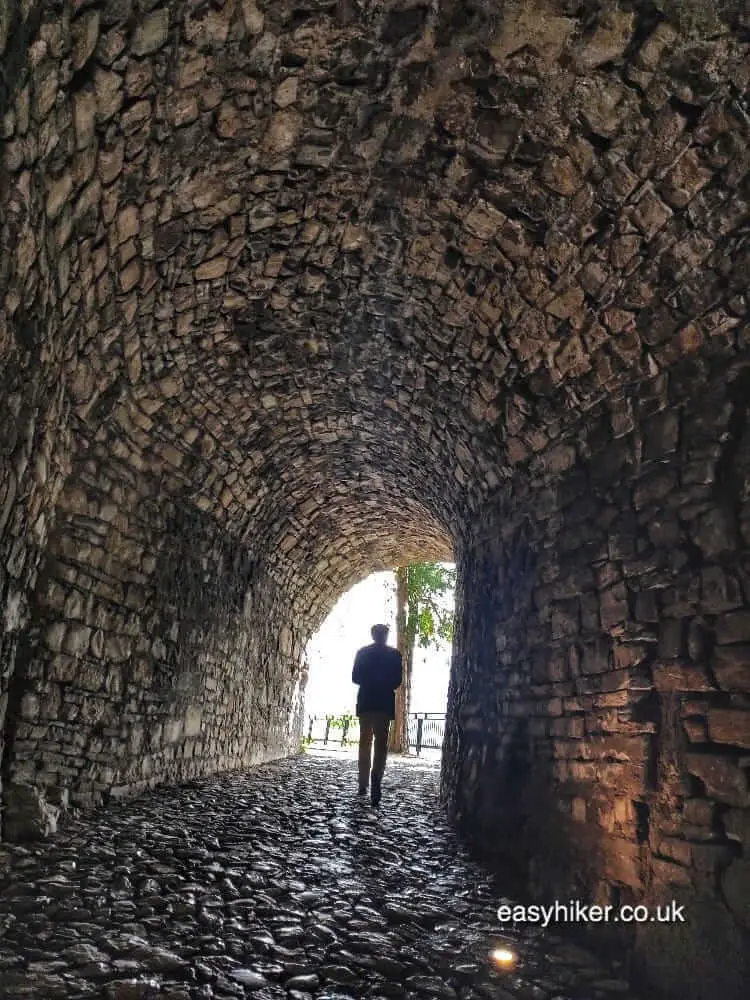
… that reflect the long active history of the building from the Middle Ages (the castle was originally constructed as a Milanese stronghold in 1350) via the 16th century (when the Venetians gave the fortress its present shape) to the Ten Days of Brescia, the 1849 popular revolt against the city’s Austrian rulers.
By the mid 19th century, the fortress had long lost its former role as an impregnable stronghold against a full-scale military attack, but it was still robust enough to provide the Austrian forces with protection against civil insurgents until, on Day 8 of the “Ten Days”, reinforcements arrived and the local citizens had to surrender.
So the next time you are passing through Brescia, you should do yourself a favour and get off that train, even if it is only for a couple of hours. I guarantee you that few time investments during your trip will reward you as richly – not least because of the many surprises that Brescia has in store for you.
